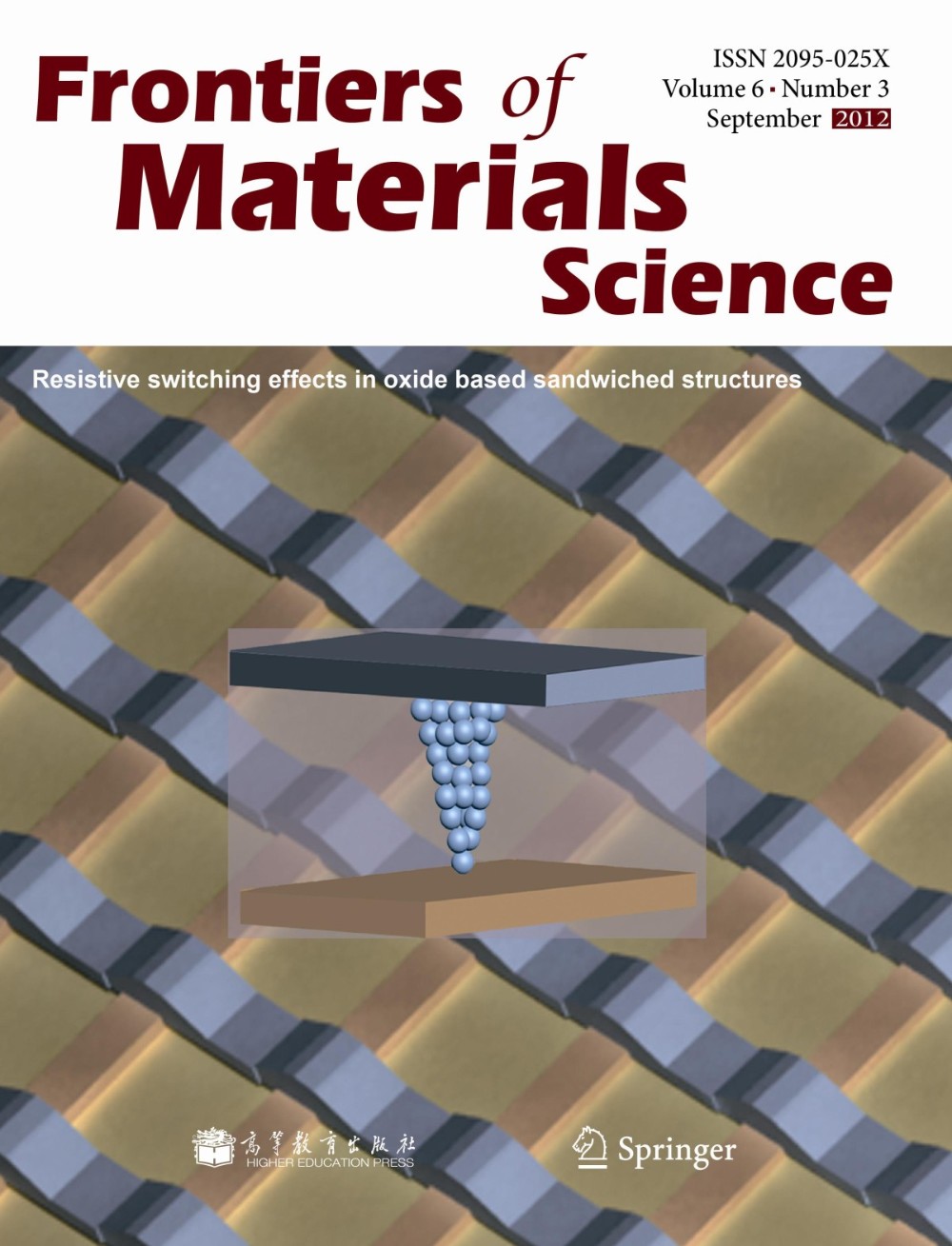Oxide-based resistive random access memory material (RRAM) is a new storage technology, with low price, simple structure, high storage density, fast data erase speed, low power and compatibility with CMOS technology, etc. advantages, has been widespread concern, is expected to become the next generation of mainstream non-volatile memory.
CAS Key Laboratory of Magnetic Materials and Devices Li Runwei research team carried out earlier RRAM device material exploration and research work, and made a series of important research results. In view of this, it should "Frontiers of Materials Science" editorial department invited, wrote a review paper "Resistive switching effects in oxide sandwiched structures", and published as a cover story.
In the electric field, the oxide conductive filament-off is the main mechanism of resistance change caused by this type of material occurs. In this paper, based on conductive wire model, first introduced in its historical context oxide-based resistive switching behavior of the RRAM, and conductive wire-off process. Then, combined with the team and on the basis of the relevant literature on the oxide-based RRAM in research related to resistive effects, the problems are analyzed and reviewed. Including observation of conductive wire, characterization methods, resistive behavior improved, and RRAM quantum conductance behavior. Finally, this work prospects, to seek new breakthrough provides a strong support.

For this paper, the development of RRAM has important guiding significance published in Front. Mater. Sci. (For details, see http://www.springerlink.com/content/p29t45063j840546/, the research work has been 973 sub-projects, the National Natural Science Foundation of China (11174302), the National Key Basic Research Project (2012CB933004) Ningbo Science and Technology innovation Team (2011B82004, 2009B21005) and other project support.